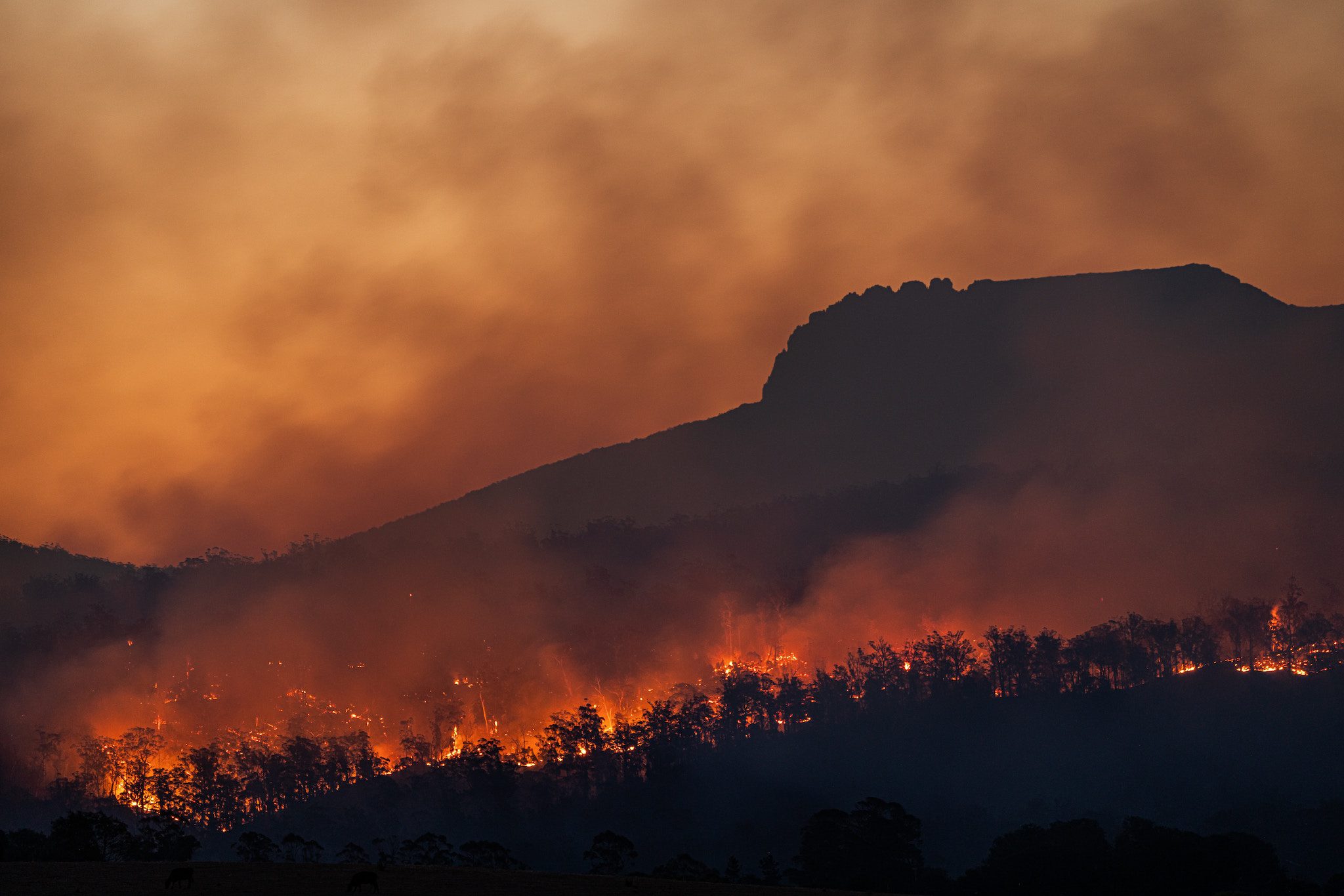Australia is no stranger to bushfires, but when the El Niño weather pattern arrives, the threat intensifies. As early as July this year, the Bureau of Meteorology began to indicate the likelihood of a transition from La Niña to El Niño and then officially declared El Niño on the 19th of September.
So, what is El Niño?
Simply put, El Niño is a climate phenomenon characterised by the warming of the Pacific Ocean, and its effects ripple across the globe, including causing extreme weather conditions in Australia.
So, let’s dive into what that actually means.
Understanding El Niño
El Niño is a complex climatic event that occurs irregularly every two to seven years. During El Niño, the central and eastern Pacific Ocean experiences higher sea surface temperatures than usual, leading to a cascade of climatic changes. While El Niño’s impacts can vary, a common feature is a shift in weather patterns, including increased temperatures, decreased rainfall, and higher evaporation rates.
The Perfect Recipe for Bushfires
- Drier Conditions: El Niño leads to reduced rainfall in many parts of Australia. This drying effect creates tinderbox conditions in the already arid landscape, making it easier for fires to ignite and spread.
- Elevated Temperatures: Higher temperatures are a hallmark of El Niño events. Hotter weather contributes to increased evaporation and the drying out of vegetation, further escalating the fire risk.
- Weakened Winds: While not always the case, El Niño can weaken the Australian monsoon, resulting in decreased wind patterns. This may seem beneficial for fire prevention, but it can actually work against us. Strong winds can help disperse smoke and contain fires, but during El Niño, the absence of wind can trap smoke and exacerbate the spread of fires.
- Reduced Soil Moisture: El Niño reduces soil moisture content, making it harder for vegetation to retain water and increasing the likelihood of rapid fire propagation.
- Unpredictable Fire Behaviour: The combination of these factors results in more unpredictable and extreme fire behaviour. Bushfires during El Niño events can spread faster, be harder to control, and pose significant challenges to firefighting efforts.

Historical Examples
To highlight the link between El Niño and bushfires, we can examine historical events:
- The Black Saturday Bushfires (2009): The El Niño-driven heatwave and dry conditions in Victoria, Australia, led to one of the country’s deadliest bushfire events. This disaster claimed 173 lives and destroyed thousands of homes.
- The Ash Wednesday Bushfires (1983): Another devastating example occurred during the El Niño event in 1982-1983 when South Australia and Victoria experienced catastrophic fires that killed 75 people and consumed large swathes of land.
Mitigation and Preparedness
Given the increased risk of bushfires during El Niño events, proactive measures are essential, especially when operating a venue frequented by tourists and during Australia’s busiest holiday periods. Holiday Parks can be particularly vulnerable, due to their locations. Tourists from all over the country flock to their favourite holiday or caravan parks for relaxing getaways on idyllic beaches and surrounded by bushland. So park maintenance becomes crucial in ensuring debris is cleared, and bushfire action plans are put in place to ensure the safety of staff and visitors. As your park expands to accommodate more tourists or managers seek to replace old assets, local councils will often request your bushfire attack levels (BAL) are assessed under Australian Standard AS3959-2009 – Construction of buildings in bushfire-prone areas. These will be allocated one of the following ratings;
BAL Low: Very low risk, requiring minimal construction measures.
BAL 12.5: Low risk, focusing on ember attack prevention.
BAL 19: Moderate risk, addressing ember attack and exposure to up to 19kW/sqm of heat flux.
BAL 29: Increased risk, covering ember attack and exposure to up to 29kW/sqm of heat flux.
BAL 40: High risk, dealing with ember attack, exposure to up to 40kW/sqm of heat flux, and increased likelihood of direct flame exposure.
BAL FZ: Extreme risk, encompassing ember attack, direct flame exposure, and heat flux exceeding 40kW/sqm.
Some may also seek higher BAL-rated buildings voluntarily to ensure their investments are protected should they ever be tested against fire scenarios.
El Niño weather patterns undoubtedly increase the risk of bushfires in Australia. With their combination of extreme heat, reduced rainfall, and drying conditions, these events create a volatile environment where wildfires can ignite and spread rapidly. As the frequency and severity of El Niño events become more uncertain, it is imperative that communities, governments, and individuals take proactive steps to mitigate the heightened threat of bushfires during these periods. Preparedness, education, and a commitment to resilient buildings are key elements in the fight against the devastating impact of El Niño-induced bushfires.
Protect your investment and your guests with resilient modular buildings. Ask us about our signature BAL construction methodology or read more here: ModnPods Bushfire Resilience | BAL FZ Certified – ModnPods